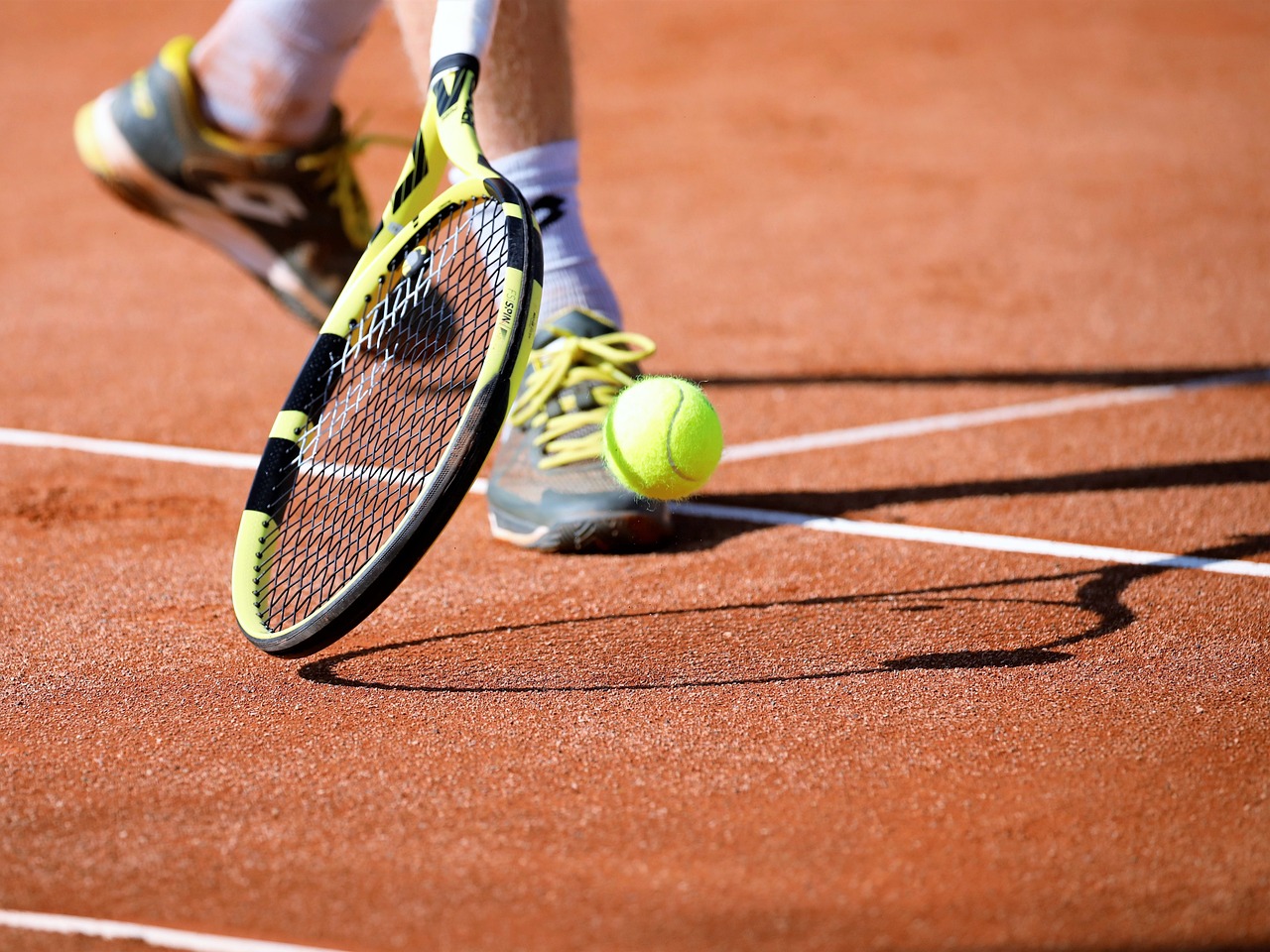The 2024 tennis season witnessed a significant evolution in match scheduling, courtesy of new regulations introduced by the ATP and WTA. These changes aimed to enhance playing conditions, mitigate late-night finishes, and optimise the overall spectator experience. Let’s look at the impact of these groundbreaking initiatives on the world of tennis.
Match Scheduling: Prioritising Player Welfare
The issue of late match finishes has been a growing concern in recent years, affecting both players and fans alike. To address this challenge, the ATP and WTA have implemented new rules related to match scheduling for the 2024 season. Key guidelines include:
- Limiting matches to no more than five per day per court, with specific allocations for day and evening sessions.
- Restricting matches to conclude before 11 p.m. except under exceptional circumstances approved by tournament officials.
- Implementing a cutoff time of 10:30 p.m. for matches to begin, with those not on court by this time to be moved to alternative courts.
These measures aim to streamline scheduling, reduce late-night finishes, and prioritise player well-being during tournaments. By providing clearer guidelines and ensuring adequate rest for players, the ATP and WTA seek to enhance the overall tennis experience for both competitors and spectators.
Tennis Balls: Ensuring Consistency and Quality
In addition to match scheduling, the ATP and WTA are undertaking a strategic review of tennis balls used on the tour. Historically, tournaments have had the autonomy to select their own ball suppliers, leading to variations in ball quality and performance from week to week.
To address this issue, the ATP and WTA are moving towards a more centralised approach to tennis ball selection. By standardising ball specifications and certification requirements, tournament organisers aim to deliver greater consistency in ball quality throughout the season. This initiative seeks to improve player confidence, reduce injuries, and increase performance.
Quotes from ATP and WTA Leadership
Andrea Gaudenzi, ATP Chairman, emphasised the importance of evolving to meet the demands of the modern game: “Match scheduling and tennis balls are both priority topics on our agenda. It’s imperative that we evolve and adapt to the demands of the modern game, particularly where player health and fan experience are concerned.”
Steve Simon, WTA Chairman and CEO, echoed this sentiment, highlighting the importance of aligning initiatives between the two tours: “We feel it is important that these initiatives are fully aligned between the two tours and will allow for athletes to perform at their highest levels, providing for an improved athlete and fan experience.”
Addressing Concerns: Changes in Tennis Ball Regulation
Pro tennis players are expressing concerns regarding the potential correlation between frequent tennis ball changes and injuries. Novak Djokovic, Cam Norrie, and Brenda Fruhvirtova’s experiences with wrist pain ahead of major tournaments like the Australian Open have sparked discussions about the impact of adjusting to different ball types.
While players haven’t directly attributed injuries to ball variability, they worry about the strain on their wrists, elbows, and shoulders from adapting to varying ball characteristics. The unpredictability of ball weight, speed, and consistency poses challenges for players accustomed to specific ball feels and performance levels, potentially leading to overuse injuries and decreased performance consistency.
In response to these concerns, the ATP and WTA have initiated a strategic review of tennis balls, resulting in changes aimed at promoting player welfare. While the long-term impact remains to be seen, these regulatory adjustments signify a proactive step towards safeguarding the health and longevity of tennis players.
Conclusion – Big Changes Ahead
The introduction of new match scheduling rules and tennis ball regulations for the 2024 season represents a significant step forward for professional tennis. By prioritising player welfare, enhancing scheduling efficiency, and ensuring ball consistency, the ATP and WTA are committed to elevating the overall tennis experience for players and fans alike.
As the season unfolds, the impact of these initiatives is poised to reshape the landscape of the sport, paving the way for a more sustainable and enjoyable future.

